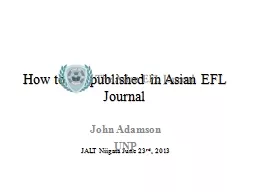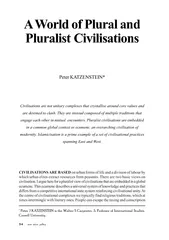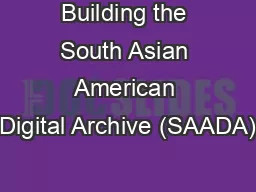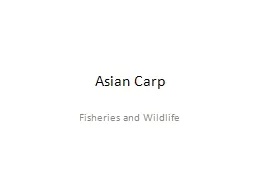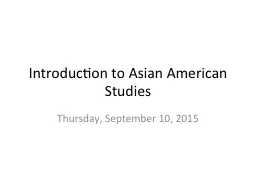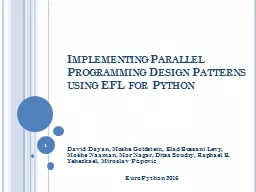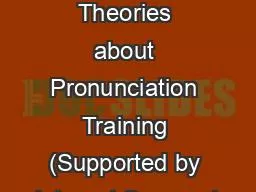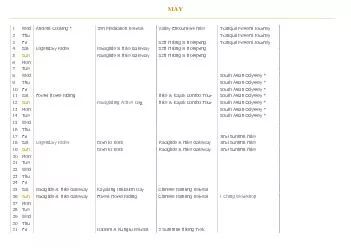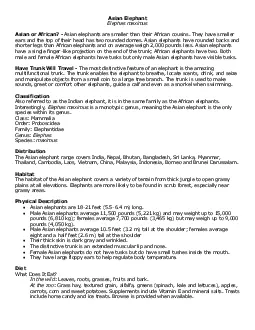PPT-How to get published in Asian EFL Journal
Author : conchita-marotz | Published Date : 2016-05-18
JALT Niigata June 23 rd 2013 John Adamson UNP Overview Asian EFL Journal est 2002 partial OA The Linguistics Journal est 2005 OA Asian ESP Journal est 2005 OA
Presentation Embed Code
Download Presentation
Download Presentation The PPT/PDF document "How to get published in Asian EFL Journa..." is the property of its rightful owner. Permission is granted to download and print the materials on this website for personal, non-commercial use only, and to display it on your personal computer provided you do not modify the materials and that you retain all copyright notices contained in the materials. By downloading content from our website, you accept the terms of this agreement.
How to get published in Asian EFL Journal: Transcript
Download Rules Of Document
"How to get published in Asian EFL Journal"The content belongs to its owner. You may download and print it for personal use, without modification, and keep all copyright notices. By downloading, you agree to these terms.
Related Documents

